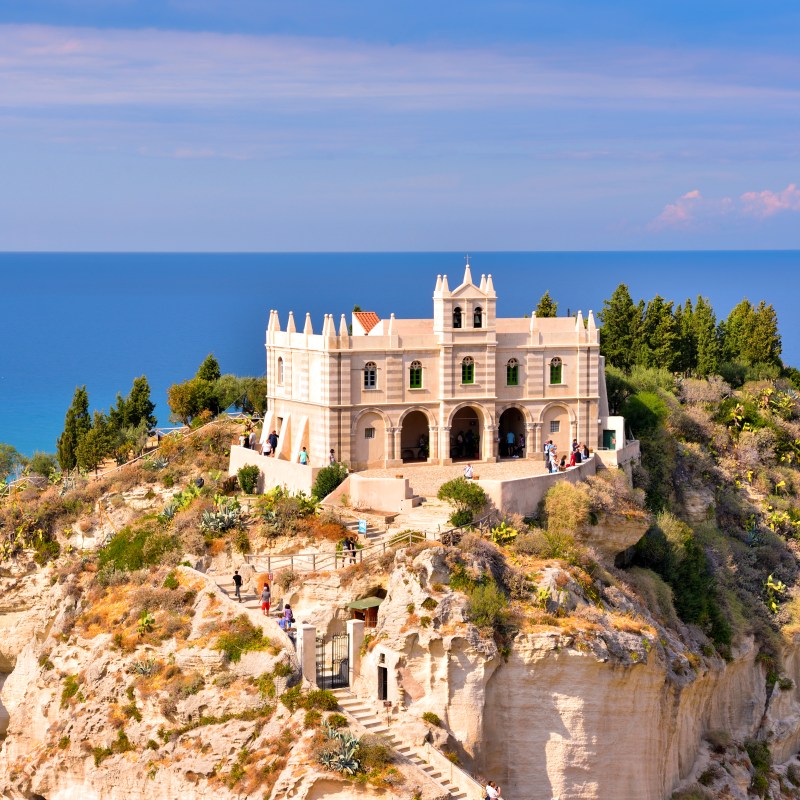
There’s no vacation long enough for an Italian escape, especially if you have dreams of exploring major cities.
Videos by TravelAwaits
Rome, Milan, Florence, Venice, Turin, Genoa, Pisa, and Naples are hotspots for those who want to delve into classical works that span centuries. Toss in smaller destinations like Palermo, Trieste, Lucca, Bologna, Pisa, and Lake Como, and you’d need a Grand Tour-style vacation to hit them all. A years-long tour, maybe.
And that’s not even mentioning other gems like the Coast of the Gods, coastal hotspots like Cinque Terre and Amalfi, and foodie capitals like Modena and Parma.
Here’s my point: don’t you dare let travel guides and oft-mentioned cities and towns steer your Italian escape. While you can and should visit the popular hubs that pique your interest, I highly recommend getting off the beaten path to uncover smaller gems in Italy.
Based on my experience roaming the country and recommendations from my Italian friends, these are smaller destinations in Italy that you should keep on your radar. First up: the islands.
8 smaller gems in Italy to keep on your radar
Syracuse (Sicily)
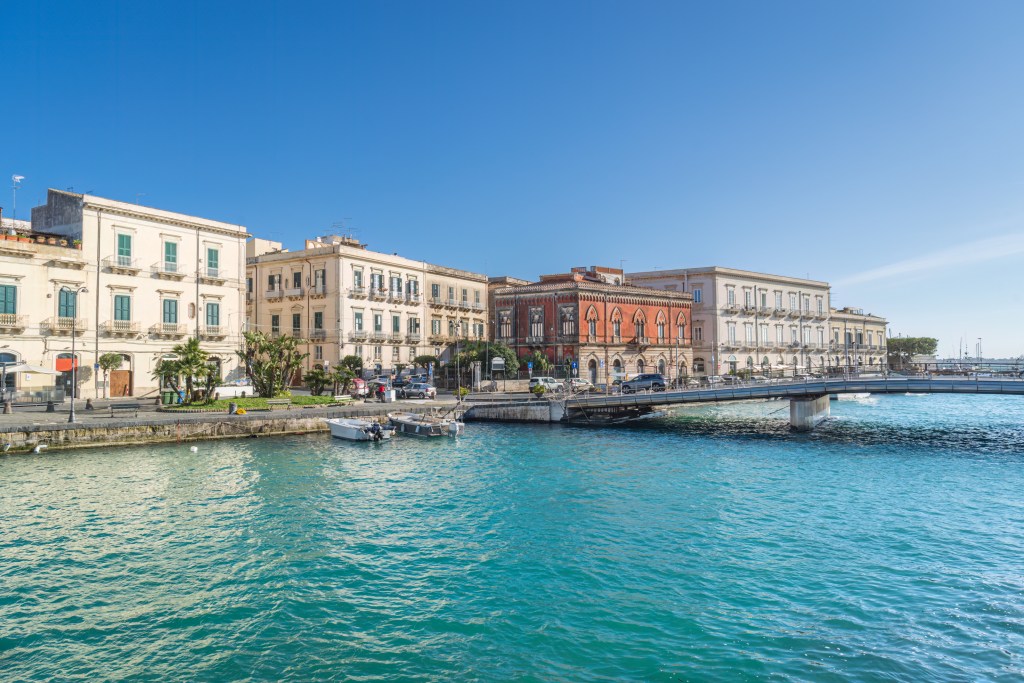
Syracuse is a city located on the southern coast of Sicily, easily accessible via Catania. You can explore Catania in a day (or less, in my opinion), then take a train to Syracuse. To the south, you’ll find an island called Ortigia. It’s home to rocky, stunning coast, a smattering of Roman ruins, and winding, cobblestone streets hiding some of the country’s best restaurants.
I could keep going, but I think the fact that I’ve returned to Ortigia three times over a five-year period paints a solid picture of how impactful this tiny island is.
Find a place to stay in Syracuse and things to do.
Cefalu (Sicily)
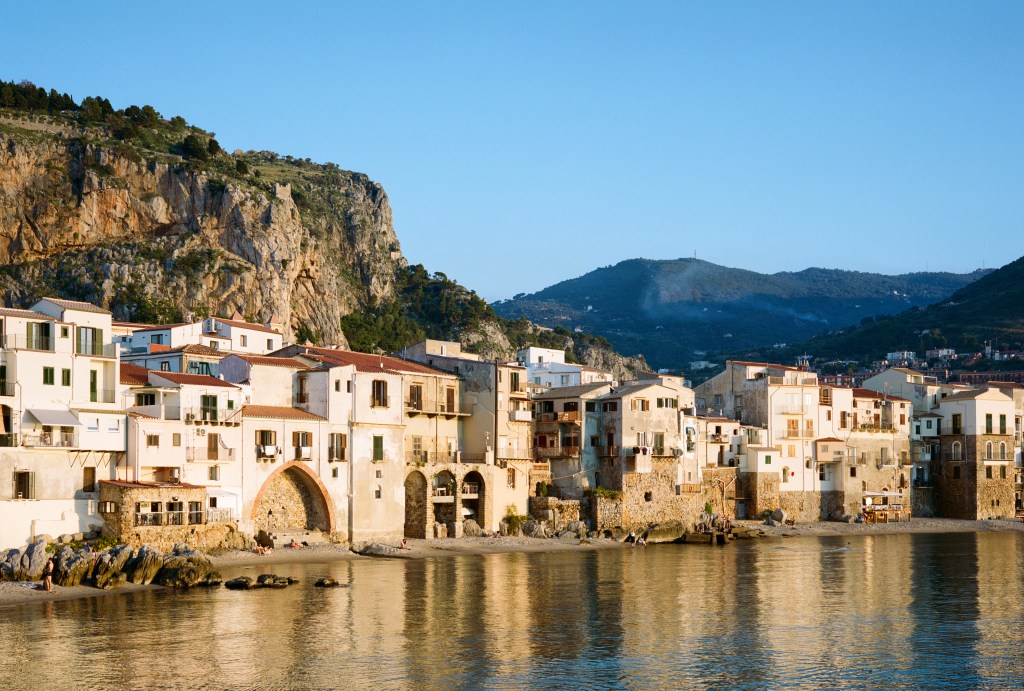
On Sicily’s northern coast, you can reach the town of Cefalu. It’s a few hours east of Palermo (which you should spend a day or two exploring). If you’re a cinephile, you’ll recognize Cefalu’s iconic coastline from the film Cinema Paradiso.
It’s a sleepy town with medieval streets and narrow beaches, perfect for sipping Aperol spritzes, people watching, and wasting away in the sun before dragging your feet to a heavy pasta dinner made by nonna. It’s also a hotspot for families. Heaven on earth much?
Find a place to stay in Cefalu and things to do.
Alghero (Sardinia)
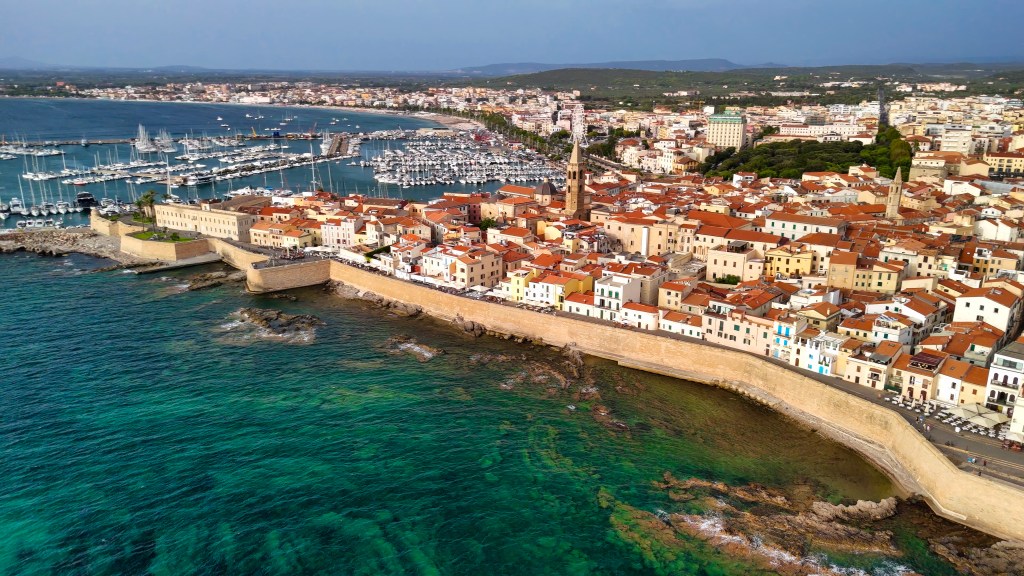
Once a Catalan colony (where the dialect Algherese is still spoken), you’ll be able to feel that Alghero has a distinct history and culture from other smaller gems in Italy. The town center dates back to the 1500s, giving you a classic historic feel—but the Mediterranean coast is the real centerpiece.
You can visit gorgeous wonders like Neptune’s Grotto, an underwater cave, and even go diving. Alghero is home to some of Italy’s richest marine diversity.
Find a place to stay in Alghero and things to do.
Herculaneum (Campania)
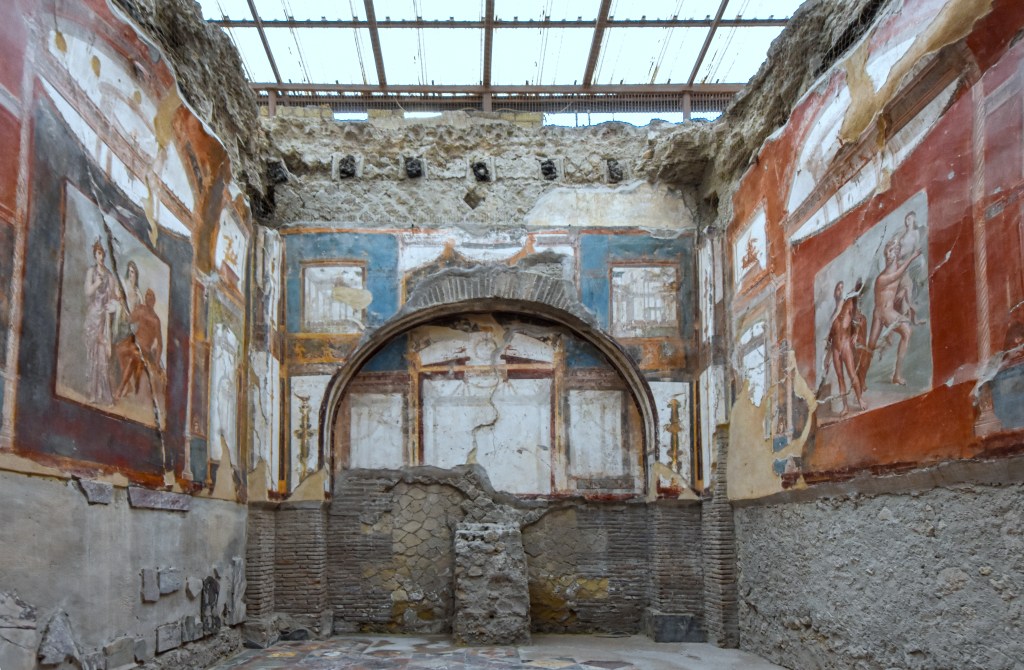
Herculaneum was founded by Hercules himself—need I say more? Mythical origins aside, Herculaneum is a counterpart to Pompeii. Buried under a thicker layer of Volcanic residue, it offers some of the most pristine historic preservations that let you glimpse into daily Roman life.
If you’ve had Pompeii on your bucket list but want to avoid heavy crowds, you can visit Herculaneum instead. Or check both off your list. They’re easily accessed via day trip from Naples.
Find a place to stay in nearby Naples and other things to do in the area.
Matera (Matera)
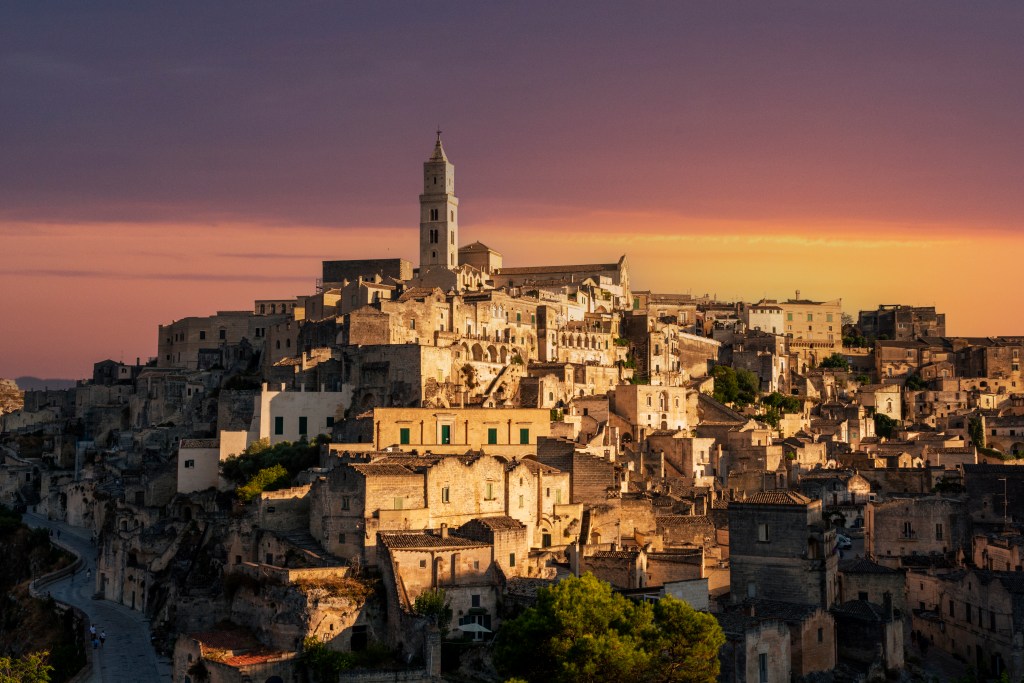
If you’ve had Matera on your mind, it’s likely due to the city’s unique rock-hewn core. The Sassi is the central point of the city, which was carved into the area’s limestone cliffs, making for dramatic scenery.
Dating back 9,000 years, it’s also one of the world’s oldest continuously inhabited areas—but one that was evacuated in the 50s due to poor living conditions. Since revived by the government, Matera is one of the most visually stunning and historically rich cities in Italy. In fact, in 2019, it was named the European Capital of Culture.
Find a place to stay in Matera and things to do.
Urbino (Marche)
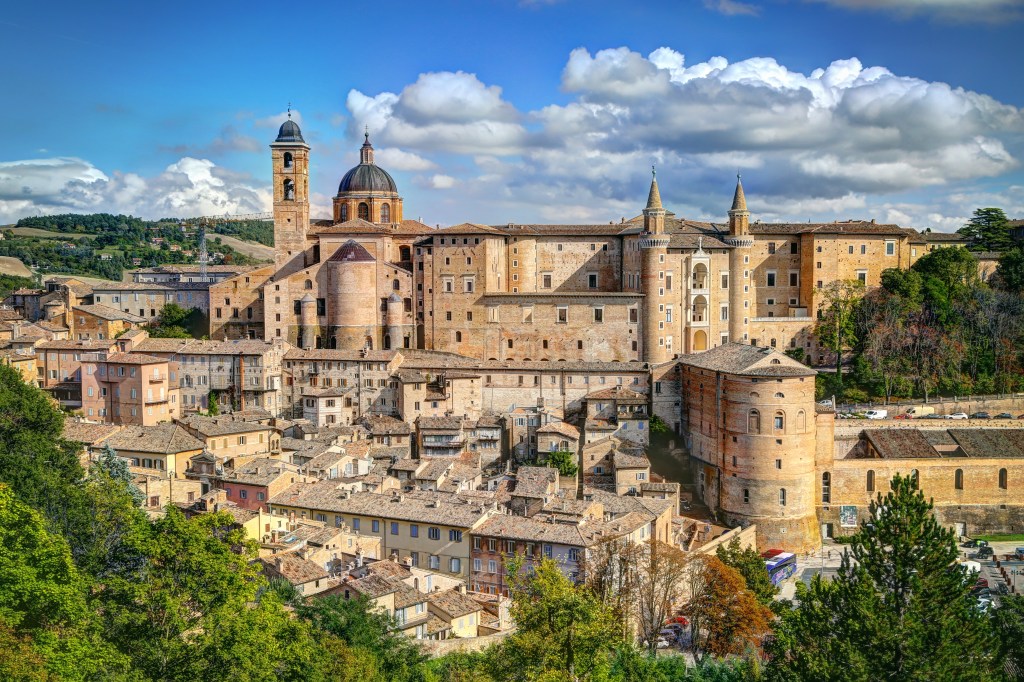
If you’re heading to Italy with hopes of soaking up Renaissance architecture, don’t miss out on Urbino. It’s renowned for its remarkable sites (which have been beautifully preserved) thanks to the patronage of a now-famous Duke of Urbino in the late 15th century.
Is there a lot to do aside from exploring architectural feats like the Duomo, Monastery of Santa Chiara, and Palazzo Ducale? Not particularly, but you should know that Urbino is also known for its general charm and delicious restaurants.
Find a place to stay in Urbino and things to do.
Lecce (Puglia)
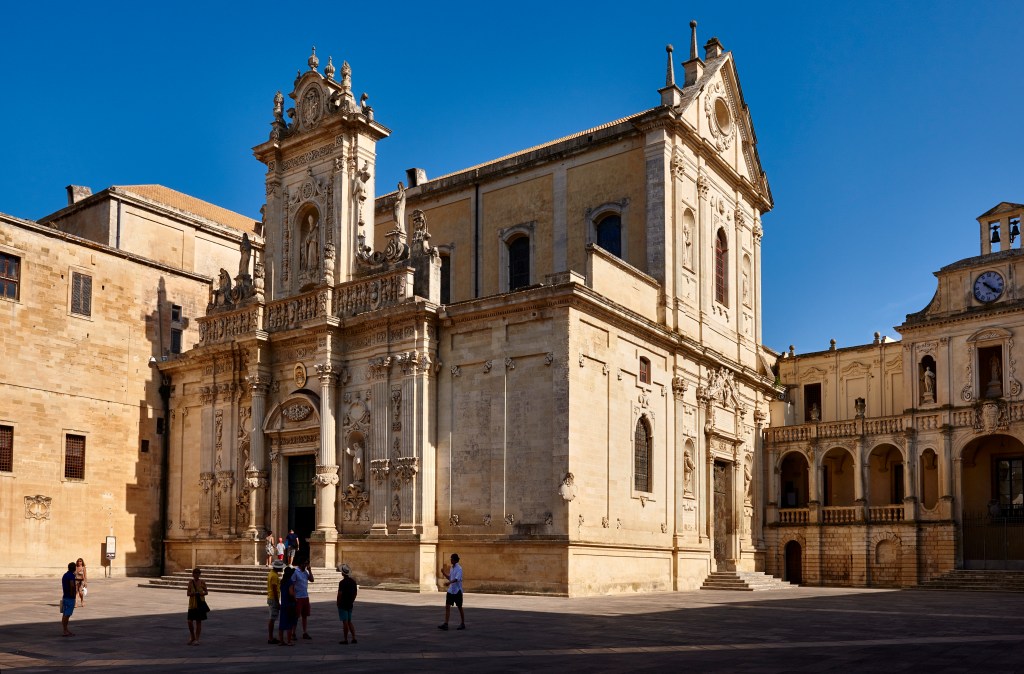
Much of Lecce’s historic center was made from the local Lecce limestone, known for its warm, creamy color. Aside from Baroque architecture, you’ll also notice features like intricate sculptures layering the facades—which is thanks to the limestone’s malleable form.
Aside from its iconic architecture, Lecce is a bustling university town and hub for wine, olive oil, and ceramics. The latter makes for a delicious adventure for foodies. Did I mention it’s also a short distance from some of Southern Italy’s loveliest beaches?
Find a place to stay in Lecce and things to do.
Tropea (Calabria)
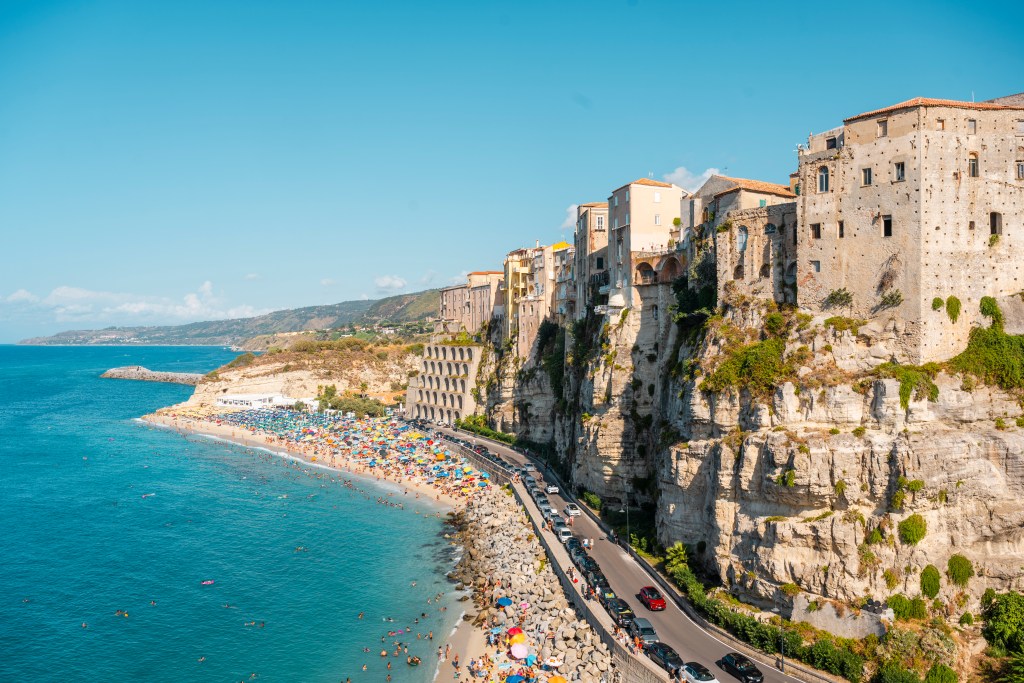
As the capital of the Coast of the Gods, Tropea is a hub in the ‘toe’ of the Southern Italy boot—and one of the best smaller gems in Italy. Founded by the Ancient Greeks, this is the area where Pythagoras and other impactful thinkers grew up.
But don’t worry if you’re not a fan of history; you can stick to the powder-white sands of Tropea’s beaches, which meet with turquoise waters. Think of it like the perfect combination of history, droolworthy beaches, and top-notch dining—one that acts as a gateway to Calabria’s other must-see villages.
